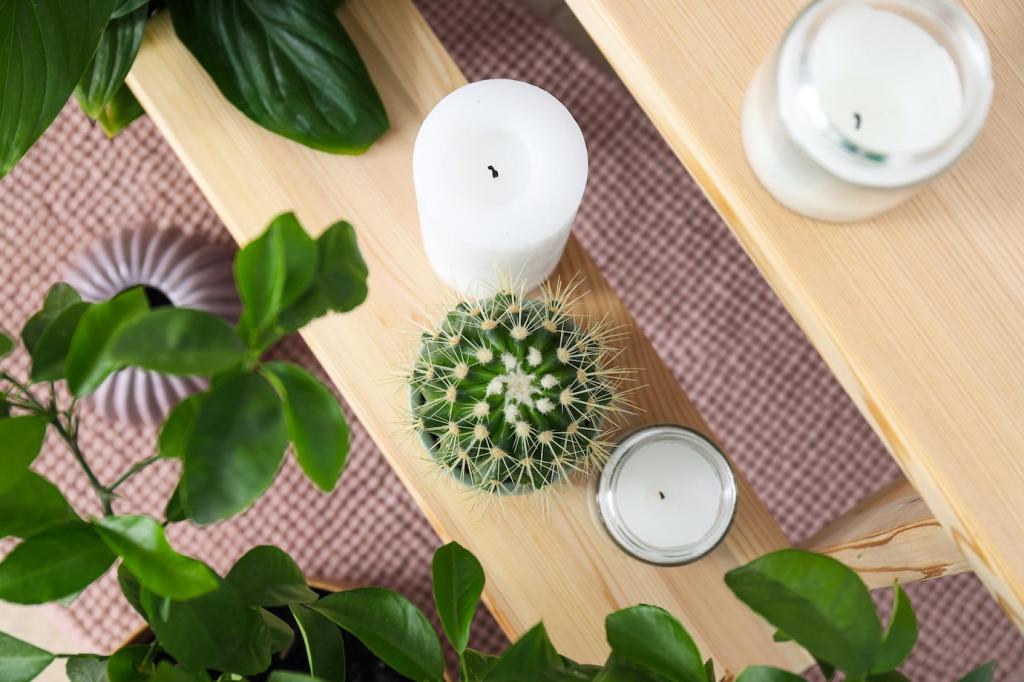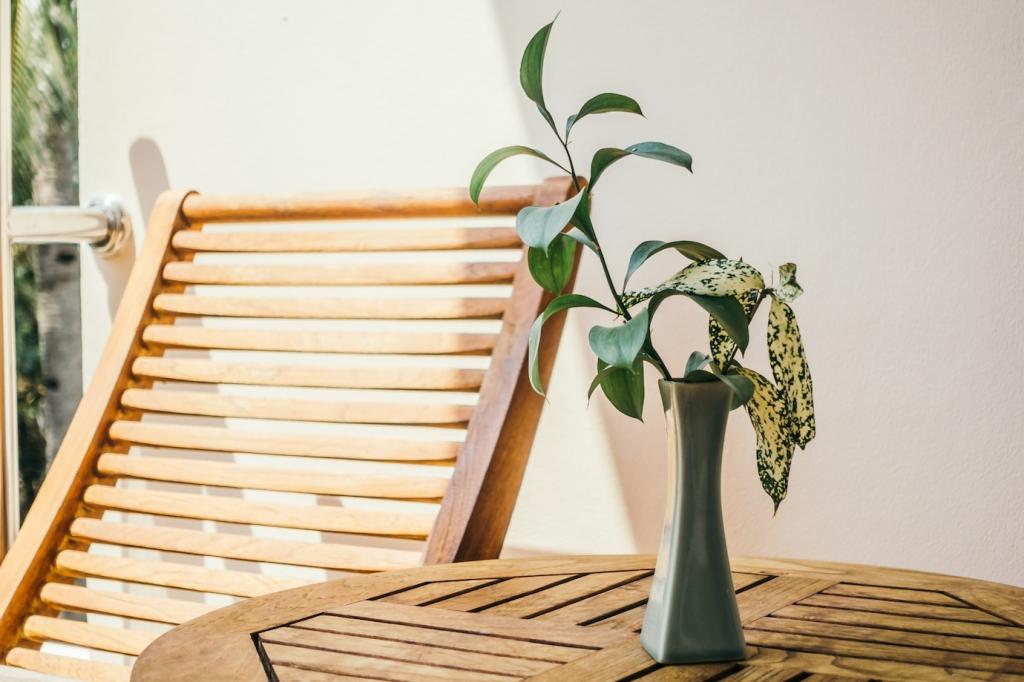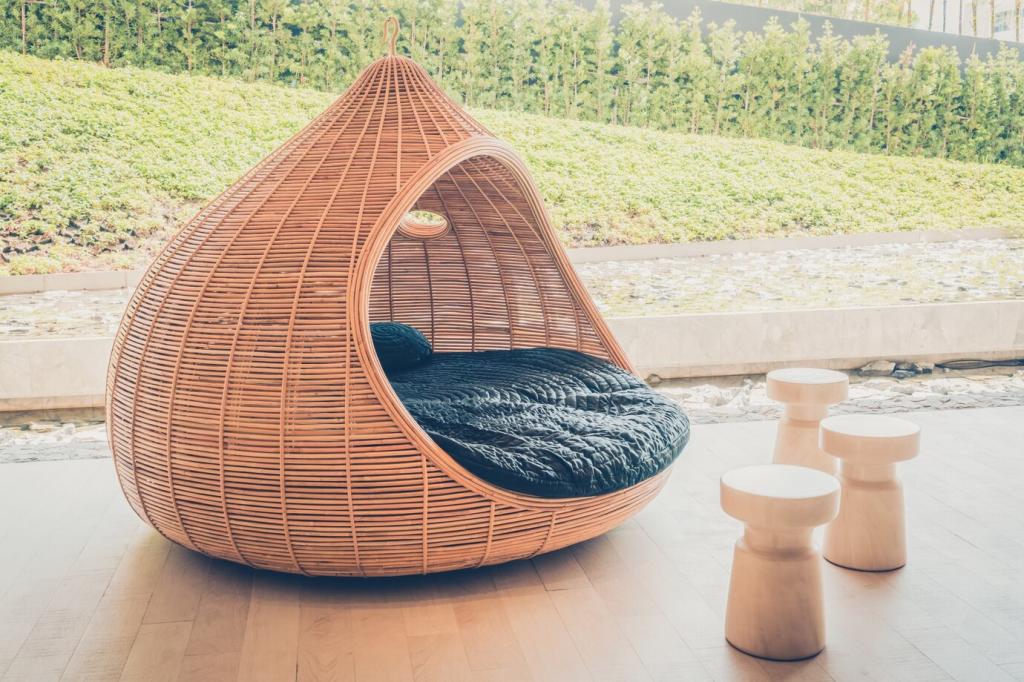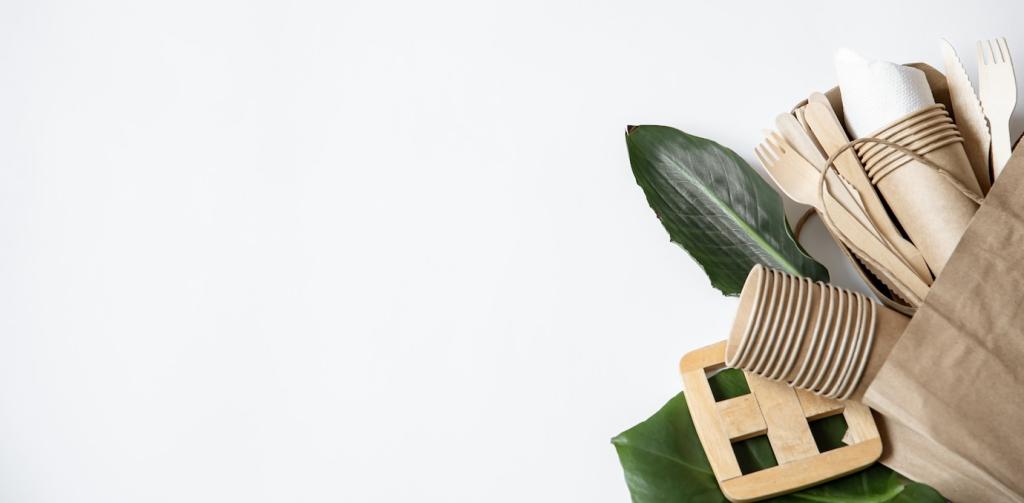Renewable Textile Resources for Interiors: Material Beauty with a Lighter Footprint
Today’s chosen theme: Renewable Textile Resources for Interiors. Step into a world where natural fibers, bio-innovations, and circular thinking shape spaces that feel good, age gracefully, and tread softly. Join our community, share your favorite renewable materials, and subscribe for future deep dives and swatch spotlights.

Why Renewable Textiles Matter Now
Lower impact from field to fabric
Renewable textiles often use less water, fewer synthetic inputs, and can regenerate within seasons, not centuries. Choosing them supports soil health, responsible forestry, and producers who steward landscapes with care and long-term resilience.
A healthier indoor environment
Many renewable fabrics pair with low-VOC finishes and avoid harsh chemical treatments. That means cleaner air in living rooms, fewer irritants in bedrooms, and a calmer sensory experience that invites you to breathe deeply and truly unwind.
A story worth living with
A linen cushion carries the breeze of a flax field; a wool throw echoes highland pastures. These materials bring origin stories into daily rituals. Share your favorite textile memory in the comments and inspire someone’s next mindful choice.
Plant Fiber Essentials: Hemp, Linen, Jute, and Nettle
Hemp-linen blends for hardworking upholstery
We reupholstered a vintage armchair in a hemp-linen twill, and after two years the fabric has softened without thinning. The subtle luster, cool hand, and breathable weave keep the seat comfortable through summer heat and winter layers.
Linen drapery that ages like good leather
Linen’s long staple fibers create strong yarns with elegant drape. Sunlight coaxes a gentle patina, not premature decay. Hang them loose, line with cotton for protection, and notice how daylight feels warmer without sacrificing clarity.
Jute and nettle for texture and strength
Jute brings earthy texture to rugs and wall coverings, while nettle adds unexpected strength to trims and accent textiles. Together they ground a room, balancing modern lines with tactile depth that invites touch and conversation.
Closed-Loop Cellulosics: Lyocell and Eucalyptus-Based Fabrics
Lyocell production recycles the processing solvent in a closed-loop system, dramatically reducing waste. When sourced from responsibly managed forests, these fabrics marry silky hand with credible stewardship, perfect for washable drapery and bedding.
Mycelium for acoustic calm
A studio we visited installed mycelium acoustic tiles grown on agricultural byproducts. The panels were light, pleasantly earthy in tone, and noticeably softened echo. Visitors lingered longer, sensing comfort without knowing exactly why.
Algae pigments and gentle dyeing
Algae-derived pigments offer nuanced greens and deep blues with a calmer environmental profile. On hemp and linen, the colors appear subtly variegated, like watercolor washes, adding sophistication without heavy chemical dye loads.
From orchards to upholstery alternatives
Fruit-fiber composites, made from pineapple leaves or citrus byproducts, create leather-like textiles suitable for headboards and panels. They utilize agricultural waste streams, turning overlooked resources into durable interior statements worth talking about.




This is the heading
Lorem ipsum dolor sit amet, consectetur adipiscing elit. Ut elit tellus, luctus nec ullamcorper mattis, pulvinar dapibus leo.

This is the heading
Lorem ipsum dolor sit amet, consectetur adipiscing elit. Ut elit tellus, luctus nec ullamcorper mattis, pulvinar dapibus leo.
Certifications that actually help
Look for GOTS for organic natural fibers, FSC for wood-derived cellulosics, and OEKO-TEX for tested safety. These labels are not perfect, but they reliably narrow choices and reward producers investing in better practices.
Designing for second life
Specify removable covers, modular cushions, and mono-material constructions when possible. Clear pathways to repair, refresh, and recycle keep textiles in circulation longer and reduce the chance of premature landfill endings.
Community repair and swap culture
We hosted a cushion cover swap where neighbors traded linen, hemp, and wool covers rather than buying new. Stories were shared, skills exchanged, and good fabric kept working. Want our event guide? Subscribe and say swap in a comment.
